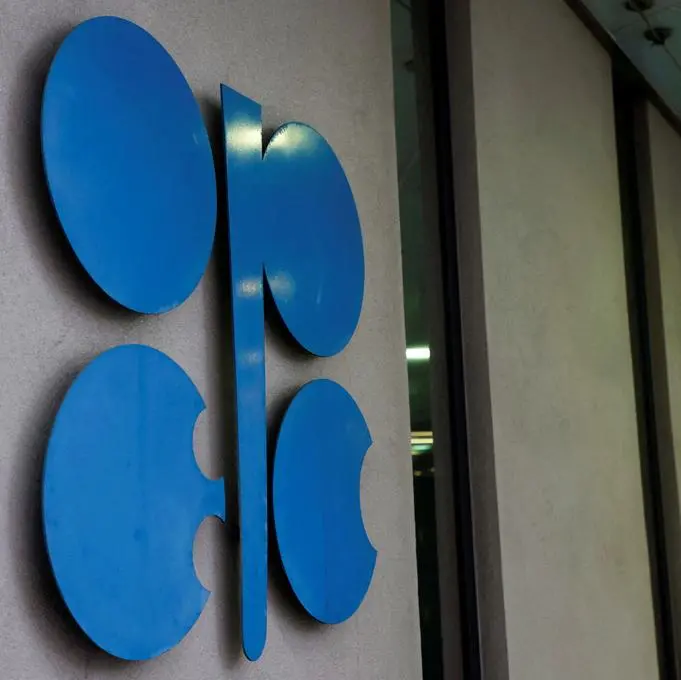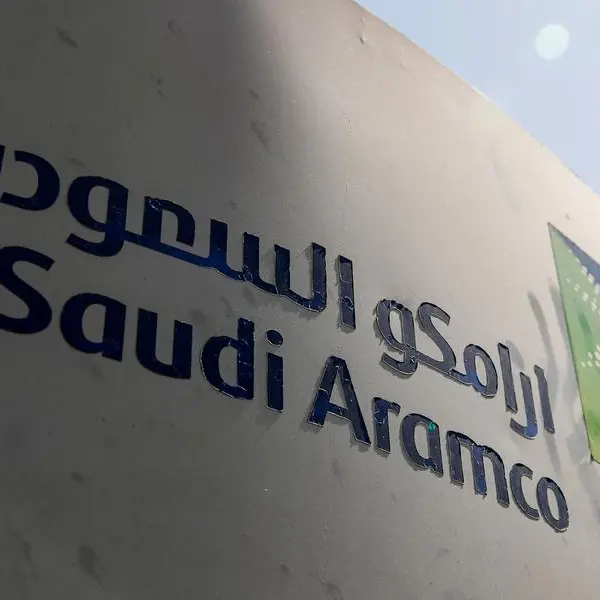PHOTO
Fitch Ratings has revised its outlook on the Egyptian banking sector’s operating environment to Stable from Negative in July, it said in a new report.
This comes largely on the back of the improvement in foreign-currency (FC) liquidity, which at end-June 2021 had net foreign assets of 1.7 billion. This compares with net foreign liabilities of 5.3 billion at end-April 2020 after foreign investors sold their holdings of local-currency government securities at the start of the pandemic, leading to 17 billion worth of portfolio outflows, the report said.
Egyptian banks’ Issuer Default Ratings (IDR) are now on Stable Outlook, reflecting the stable outlook on the operating environment.
FC liquidity improved as foreign holdings of Egyptian treasuries increased to 29 billion at end-May 2021 from 10 billion at end-June 2020 and the sovereign issued 4.55 billion of Eurobonds between September 2020 and February 2021. “A 5.2 billion IMF Stand-By Arrangement helped to restore investors’ confidence. FC remittances were also resilient in 2020, increasing 10 percent year-on-year (YoY) to 30 billion.”
Fitch's more improved outlook for the banking sector’s operating environment also reflects healthy prospects for economic growth. It expects Egypt’s real GDP growth to accelerate to 6 percent in FY22 from 3 percent in FY21.
Loan growth was 6 percent in Q1-21 after strong increase of 31 percent in 2020 driven by the authorities’ initiatives to support lending to SMEs and certain sectors at subsidised interest rates. However, loan growth in 2020 was also inflated by the Central Bank of Egypt’s initiative allowing borrowers to defer interest and principal repayments by six months.
“We expect low double-digit loan growth in 2021, with an acceleration in 2022 on the back of low interest rates, recovering economic growth and higher foreign investments,” Fitch said.
Banks’ asset quality has been resilient despite exposure to sectors that were most affected by the pandemic like trade, textiles and tourism. According to the ratings agency, deterioration in loan quality following the expiry of the six-month credit moratorium in September 2020 has been largely contained. The sector’s Stage 3 loans ratio was stable at 3.4 percent at end-3Q20, although the Stage 2 loans ratio varied significantly among banks, ranging from 2 percent to more than 30 percent.
(Writing by Brinda Darasha; editing by Daniel Luiz)
This article is provided for informational purposes only. The content does not provide tax, legal or investment advice or opinion regarding the suitability, value or profitability of any particular security, portfolio or investment strategy. Read our full disclaimer policy here.
© ZAWYA 2021





















